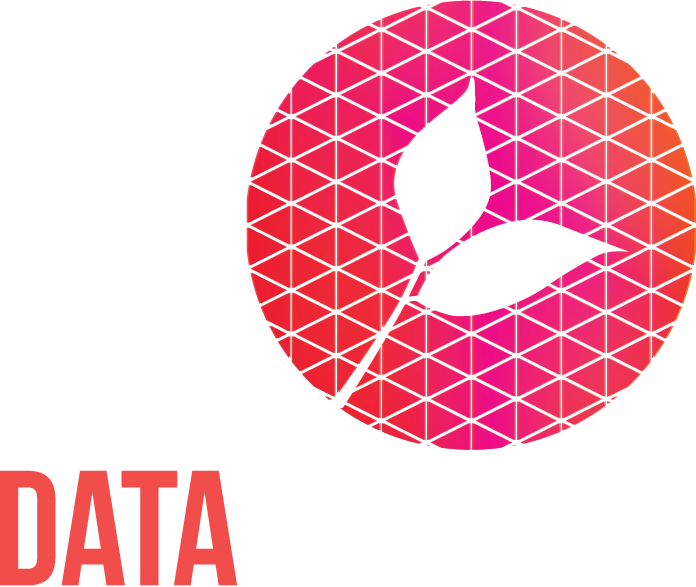Using statistics in nonprofits
Every month, our Nonprofit Datafolk Club gets together to share experiences and learning. It’s a chance for data folk working in or with nonprofits to network and discuss matters of mutual interest.
In our May Nonprofit Datafolk Club workshop, we discussed the use of statistics in nonprofits. As usual, we tackled three main questions: what statistical techniques should we be using in nonprofits? How can we explain complicated statistics to non-technical people? And how do we stop the misuse of statistics in nonprofits?
What statistical techniques should we be using in nonprofits?
People felt that the use of statistical techniques in nonprofits was often determined by funder/stakeholder reporting requirements and interest in analysis. They reported a lack of capacity and expertise to use advanced techniques in their organisation, and/or insufficient quality or quantity of data. Many were primarily using descriptive statistics – summarising their datasets using simple descriptors such as frequencies, percentages, and measures of central tendency and spread (e.g. mean and standard deviation).
Some people felt that nonprofits should be using more inferential statistics, which study patterns in a sample of data to draw conclusions about an entire population. Techniques mentioned included regression models (which estimate the relationship between variables), randomised control trials (which compare ‘experimental’ and ‘control’ treatments), and predictive analysis (which use data trends from the past and present to forecast what is likely to happen in the future).
How can we explain complicated statistics to non-technical people?
People felt that it was essential to clearly explain the context when communicating statistics to non-technical people. Audiences should understand why the analysis was important, what was done and what it means in simple terms.
Visualisations can help demonstrate complex ideas in a more digestible form, but consideration about what types of visualisations are chosen is important. Some participants now communicate their previously long and wordy annual reports using visuals to make them simpler and more accessible.
People noted that dashboards could be helpful, either via specialist software such as Power BI or within other tools such as CRM systems.
They also mentioned that case studies and narratives presented alongside the numbers could help bring statistics to life.
How do we stop misuse of statistics in nonprofits?
People acknowledged that the misuse of statistics can be difficult to avoid sometimes where nonprofits are trying to make the case for funding or social change. There may be a tendency to exaggerate or cherry pick so that the data tells the desired story. Sometimes, commonly used measures may be used because they are recognised and preferred by funders, even if they are not the most robust option. They emphasised the need for more flexibility from funding organisations.
They also suggested a need for greater transparency in sharing data and methods to ensure that poor data is not hidden behind complex techniques.
Join the Nonprofit Datafolk Club
If you found this resource interesting, or if you have any curiosity in nonprofit data more generally, please come and join us at our next workshop. Each month has a different topic, and you will be able to find the details on our events page. Previous topics have included:
Data disasters and how to avoid them

